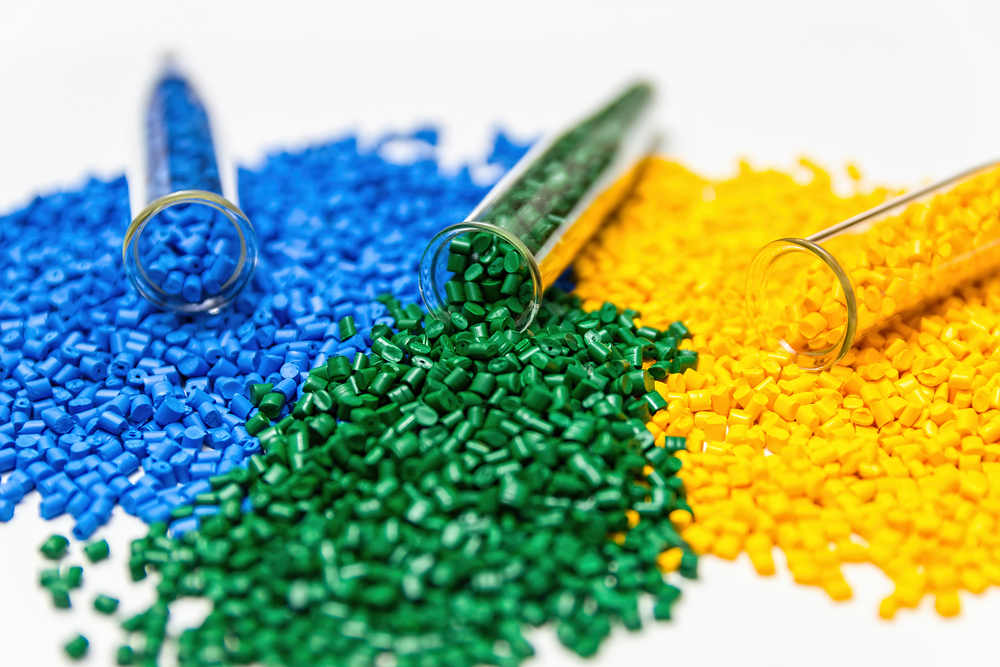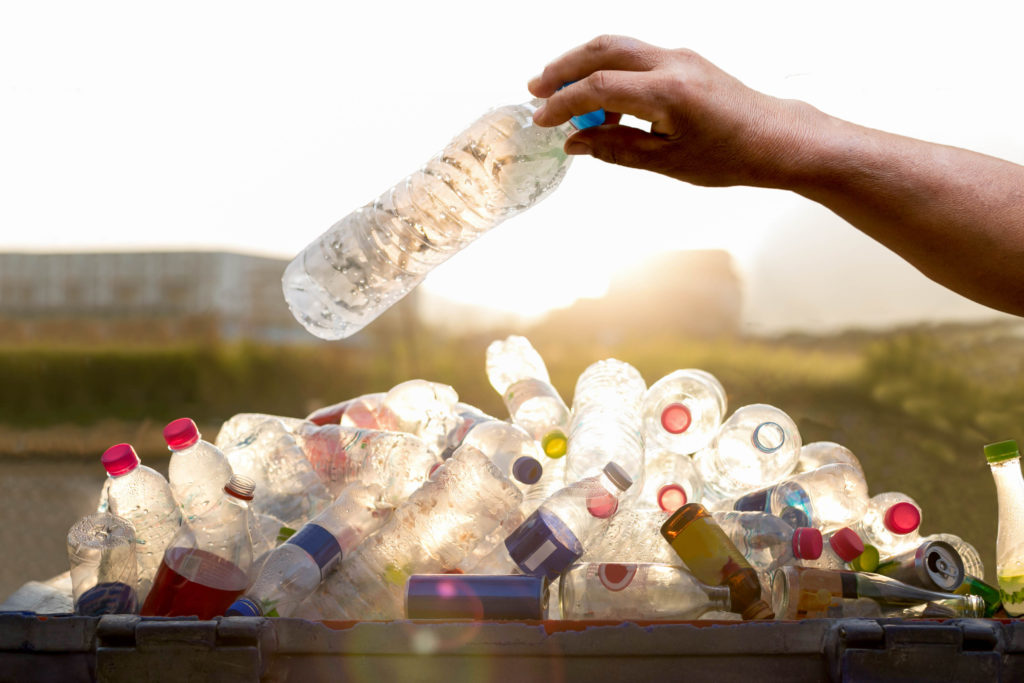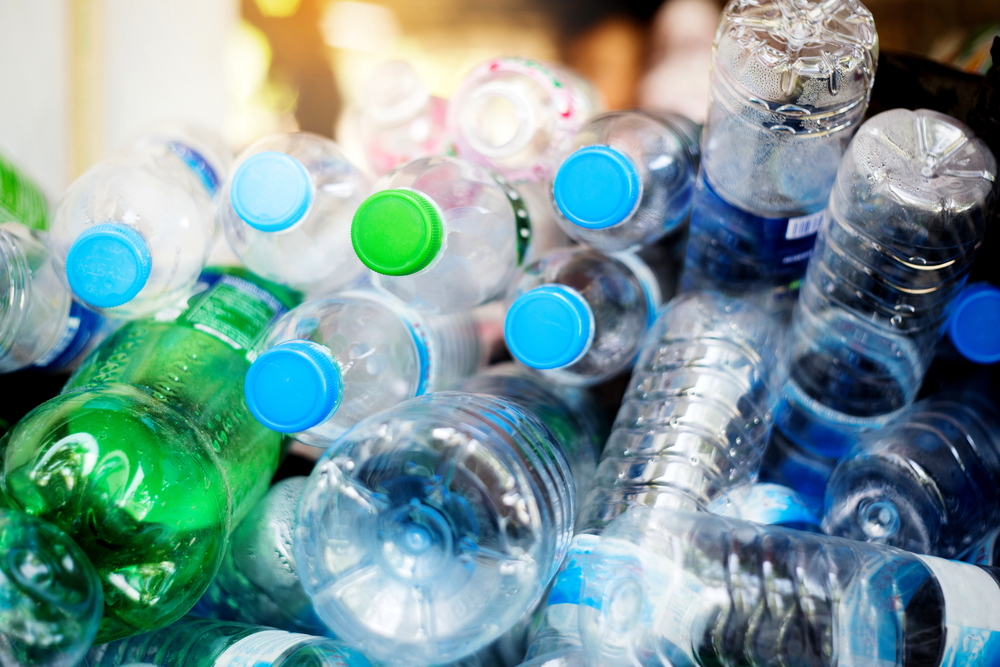Reprocessors of bottles and film also report that there is a plentiful supply of material in the marketplace although demand remains firm and prices can still be achieved of up to 110 per tonne for HDPE bottles and 180 for per tonne for LDPE and HDPE film.
The film market is served primarily by manufacturing waste and from waste film from industry including retailers and is well developed. This is in contrast to bottles which come mostly from the domestic waste stream.
“Nearly all retailers who have any large amounts of film from their back of stores are now collecting it for recycling,” said one reprocessor. He added that the film market had developed well and there was also an increasing awareness of the need to try and keep the material as uncontaminated as possible.
On the bottles front, UK collection remains low, although it has been rising. Figures reported by WRAP – the Waste and Resources Action Programme – and plastic bottle trader Recoup, put the collection level in the UK at only 3% of the 250 million bottles entering the UK waste stream annually.
The expectation that prices will fall in the New Year comes after recent falls of about 15 per tonne for bottles and film because of the plummeting PRN value.
Advantage
Plastics recyclers are disillusioned about the impact that low PRNs are having on the market and several also consider that some firms have entered the market purely to take advantage of the system and are not being properly regulated by the Environment Agency. One recycler said: “The available data suggests over capacity in the market – it will be interesting to see what happens when the price of the PRN falls further next year.” See letsrecycle.com story.
The PRN looks likely to play a smaller part in market development in the plastics sector next year. If it is around the 15 level and once administration costs are removed and funding for equipment needed in the recycling process is taken out, there will be little left to grow markets.
The industry is also grappling with a serious knock-on effect of the PRN from its early days. Before the system was introduced in 1998, mixed coloured scrap was fetching about 80-100 with the black pellet produced selling for about 300 per tonne. Now, however, margins have been squeezed. Because the PRN was available, waste plastic became more popular and prices rose to as much as 180 per tonne. But, the price of black pellet has fallen to around 260 per tonne.
This fall can be managed, explained one industry expert, if the PRN is there to compensate. “But, it would seem inevitable that prices will have to reduce in the New Year to make sure the pricing structure remains reasonable.”
Argument
Promoters of plastic bottle recycling, such as WRAP and Recoup, are now trying to develop the argument that even though plastic bottles only take up about 2% of the domestic waste stream by waste, they have a higher contribution to the volume of waste and so a higher proportionate cost. Because of this, there is more of an economic argument to develop plastics recycling, they reason.










Subscribe for free